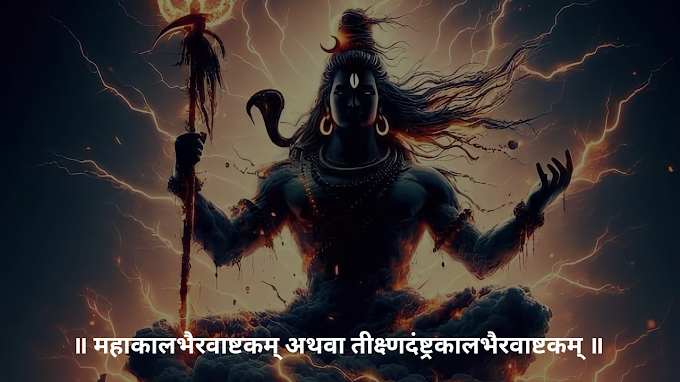जिगर में दम रखने वालों के सामने दुनिया झुकती है।
POWERFUL PEOPLE MAKE PLACES POWERFUL
- She Ruled Over Kashmir Around 50 years.
- She Ruined 35000 soldiers by her small 500 Soldiers in just 45 Mins.
- Her Way of Killing Her Enemies Was Very Cruel.
- Last Queen of Kashmir, Rani Didda Defeated Mohammed Ghazni Twice and Sent Him Back, Therefore He Came Via. Gujrat Route.
Didda was a daughter of Simharaja, the king of Lohara, and a granddaughter on her maternal side of Bhimadeva Shahi, one of the Hindu Shahi of Kabul. Lohara lay in the Pir Panjal range of mountains, on a trade route between western Punjab and Kashmir.
She married the king of Kashmir, Ksemagupta at the age of 26, thus uniting the kingdom of Lohara with that of her husband. Even prior to becoming Regent Didda had considerable influence in state affairs, and coins have been found which appear to show both her name and that of Ksemagupta.
Her enthronement as Regent was met with scorn of the disdainful nobility and upon assuming the reins, she strived to dispose of these influential lords, ministers, satraps, and cronies, who historically held great sway and were relegated power. She curtailed a fair degree of autonomy, that they historically retained. These aristocrats and plutocrats also harbored political ambition and attempted to wrest control from the Queen, unable to digest a woman in absolute power. In the ensuing tug-of-war, the aristocracy occasionally managed to nearly dethrone her, but the artful queen outfoxed her rivals every time, using diverse and dynamic manipulations.
She was able to evolve her tact to match the myriad scheming's of the nobles, utilizing the four classical tools of conduct and arbitration: Saama (Deliberation and Truce), Daama (Bribe, Remuneration or Recompensation), Danda (Exercise of Force, Prosecution, Combat, Vengeance, Punishment or Torment) and Bheda (Manipulation, Scheming, and Divide & Rule tactics), prescribed in Hindu scriptures. Keeping apace and abreast of each of their moves and pitting one against the other, she managed to eke out a period of relative quiet, amidst the prevalent unrest. Gradually, over the course of a decade or two, she outmaneuvered all of them and settled the once widespread rebels for good.
She ruled with an iron hand, crushing rebellion and animosity, at first sight, with bribes, extortion, and sporadically, even assassination. Her swift address of conflict and prompt response to any sign of rebellion was characterized by ruthlessness and a salient trend of total uprooting and eradication of every last vestige that even remotely posed a potential or even prospective threat. She often utilized mutual favor-bargains and, in spite of her headstrong, uncompromising attitude, optimized her crony relations, in order to best suit her interests and preserve her scope.
Further trouble erupted in 972 when her son Abhimanyu died. He was succeeded by his son, Nandigupta, still an infant himself, and this agitated the Daamaras, who were feudatory landlords and later usurped the dynastic succession established by her. She managed to eke out a continuum of rule by disposing of Nandigupta, and then his younger brother Tribhuvangupta, subsequently instating her youngest grandson Bhimgupta as the ruler, retaining her sovereignty with her regency.
She resented the patriarchy which forced her to resort to numerous such bypasses and rely on male stilts, as she was delimited in scope from nominally and formally becoming a monarch.
Further trouble erupted in 972 when her son Abhimanyu died. He was succeeded by his son, Nandigupta, still an infant himself, and this agitated the Daamaras, who were feudatory landlords and later usurped the dynastic succession established by her.
She exercised an effectively blood-and-iron policy for good measure, thus, consolidating her regal designation. She faced the same fierce opposition and chauvinist inertia and resistance, as the idealistic, great Razia Sultana would, two centuries later. But unlike the latter (her physically and martially more competent ideological successor), she was more pragmatic, acute, and sly, and thus managed to outsurvive three generations.
- Kangana Ranaut announced her next, Manikarnika Returns The Legend of Didda, which will tell the heroic story of Kashmiri warrior queen Didda.
- The film, titled Manikarnika Returns: The Legend of Didda, is another historical drama, which will bring to celluloid the story of Didda, the warrior queen of Kashmir.
References
Stein, Mark Aurel (1989b) [1900], Kalhana’s Rajatarangini: a chronicle of the kings of Kasmir
Ganguly, Dilip Kumar (1979), Aspects of Ancient Indian administration
Kaw, M. K. (2004), Kashmir and it’s people: studies in the evolution of Kashmiri society
- farmer-protest-live-updates
- CAT2020: Read these important things before going to the exam hall
- Modi government gave big relief, Small Business
- New farm laws and conflict between Govt. & Farmers
- Struggle in Drafting Constitution
- Defamation and IT Act







0 Comments
Please do not enter any spam link in the comment box.